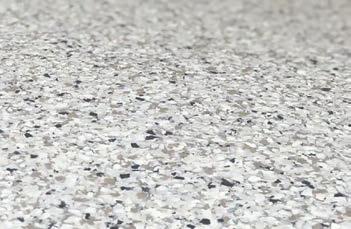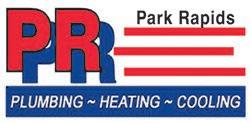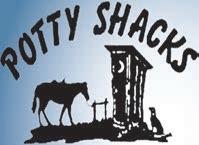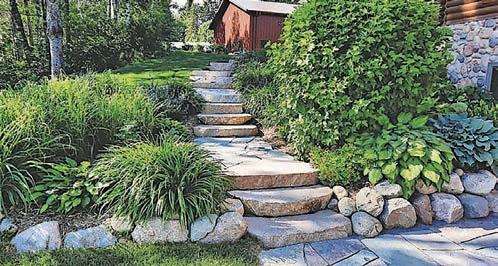Fargo couple embraces

























































A narrow, gravel road wends its way through the forest to Cheri and Errol Schoenfish’s lake home.
It’s appropriately named Deer Crossing Drive.
“Usually, one will cross your path on the way in or out,” Cheri says.
They love the rustic experience. They moved into their Long Lake abode this summer.

Their builder, Matt Henry at Emcon, Inc., was “fantastic to work with,” Cheri said.
Their son, Tucker, recently earned his master’s degree in architecture.
“Between that and our son and our input along the way, they really did all the design on the house,” she said.
They really wanted it to be “Scandinavian modern,” with clean lines and practical, yet comfortable use of space.
“We didn’t want a log home,” Errol said.
both sides.”
“We joke that we built a porch and added some bedrooms on,” Cheri said. “We spend all our time – and every guest that comes – out here.”
Their screened porch rises to 16 feet at its peak. Cushy chairs and a wood-burning fireplace offer three-season comfort.
“We’re, like, we may never have a fire outside again,” Cheri joked, adding there’s no wind to blow smoke into your face or bugs in the beloved porch. “So we use it a lot.”
A dark dye was added to the concrete floor, then it was polished to expose the rocks and sealed.
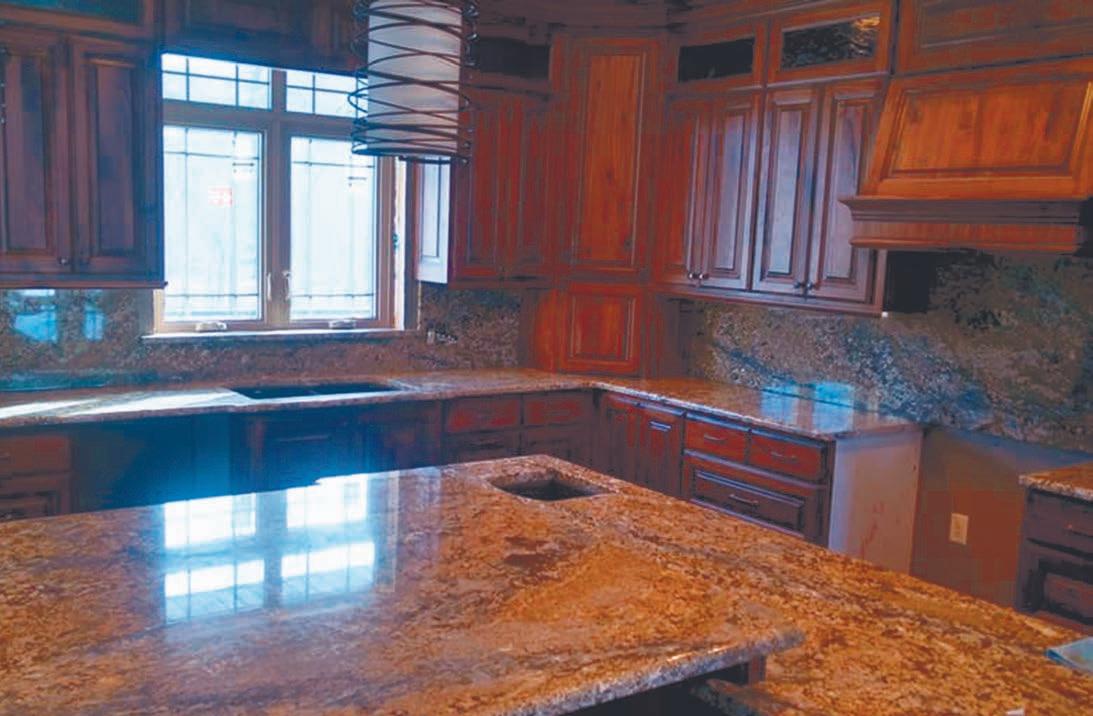
“We don’t plan to winterize, so we had to have outdoor flooring. This works really well,” Cheri said.
The screen is specialized, Errol said. “You could throw a baseball on it and it just morphs and stretches a bit, then stretches back on its own.”

Cheri is originally from western North Dakota.
“This wood that’s on the fireplace comes from a barn on her sister’s farm,” Errol said.

“They had to tear down a bar that was really old, and so we were able to salvage that,” Cheri adds.
A striking, black-and-white image of a Scottish Highland bull hangs above the fireplace.
“My sister and I owned a Scottish Highlander as part of somebody else’s herd out in western North Dakota,” Cheri explained. “Scottish Highlanders are the friendliest cows you’ll ever run into. They grazed in the summer on my sister and brother-in-law’s property, so when I found this picture it seemed very appropriate on the barnwood wall.”
“We do really love the garage doors,” Cheri said. “Those were very specific.” The narrow planks and style of the three-car garage match the cedar on the home.
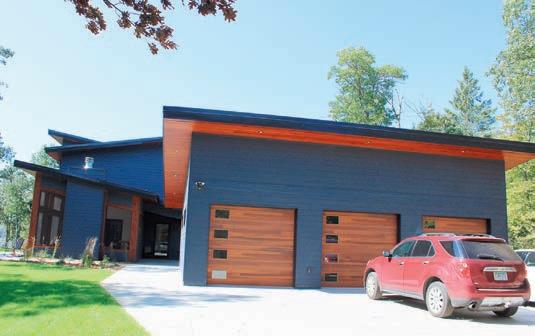
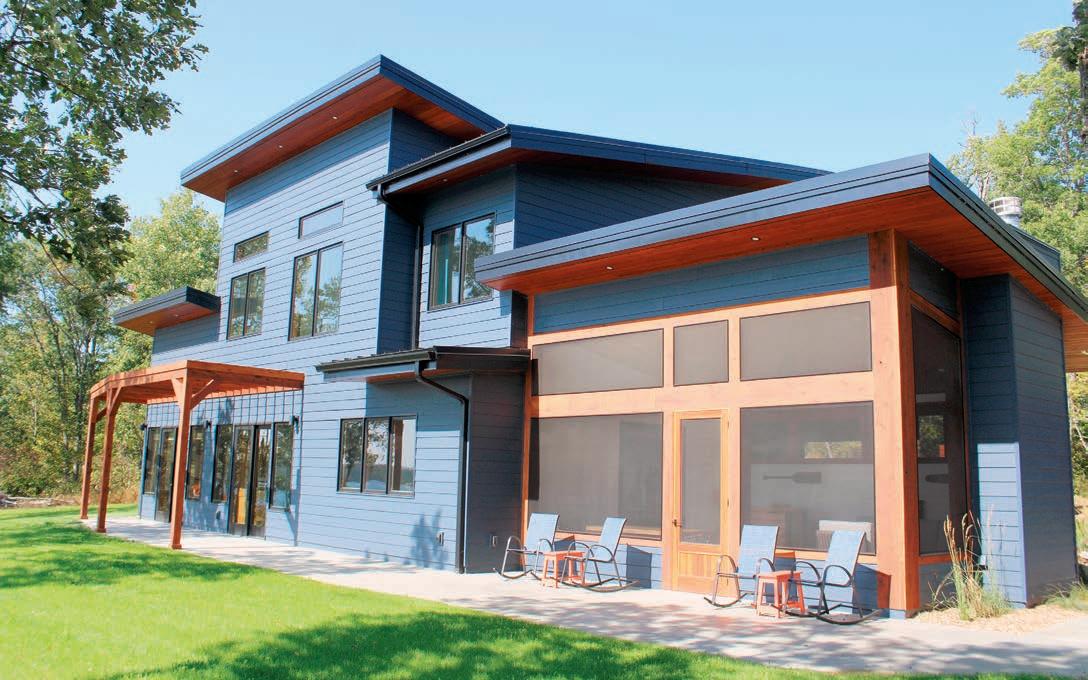


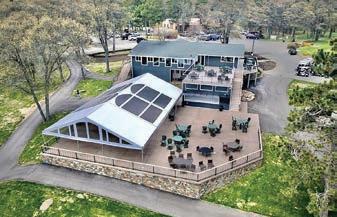
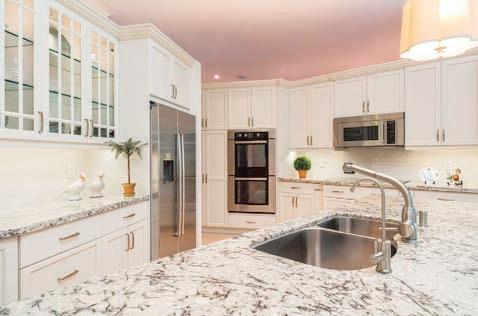
Errol points out, “There’s also some wood on a bar I built with Cheri’s brother. He’s on the other side of Long Lake, on Chippewa Loop.”
“That’s how we ended up here,” Cheri said. “We had a seasonal place for 16 years on a different lake, and we both retired, so we were ready to have a place that we could be in a few months longer.”
Errol is from a small town in North Dakota.
They lived in Fargo during their careers, working for Great Plains Software-Microsoft. They still own a home in downtown Fargo.
Homebrewing pub
The porch features a short bar. A paddle on the wall proclaims “Rudefish Brewing.”
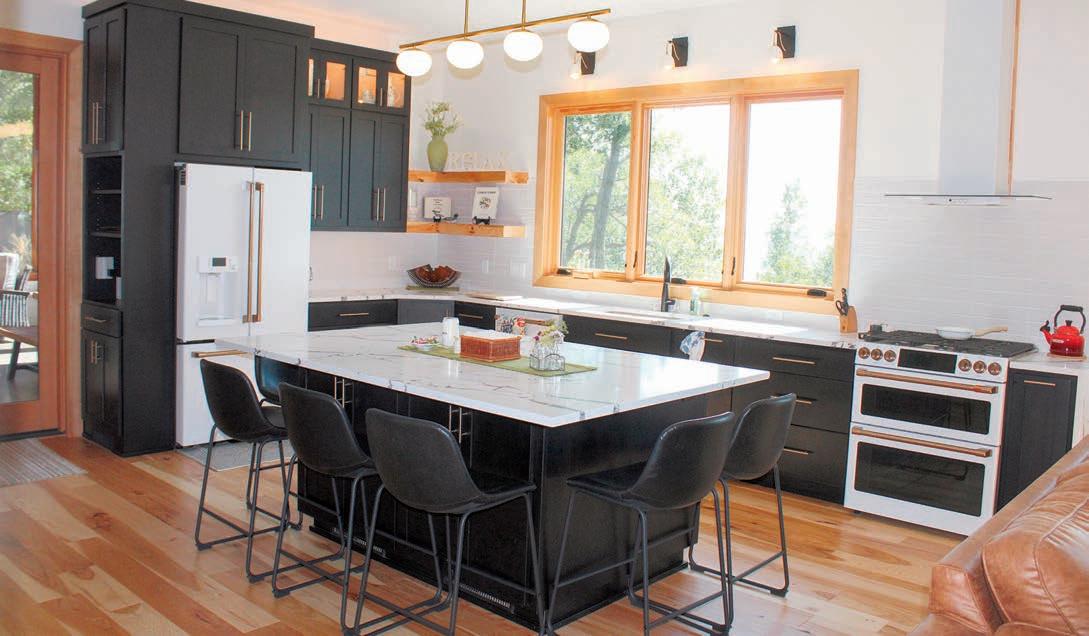
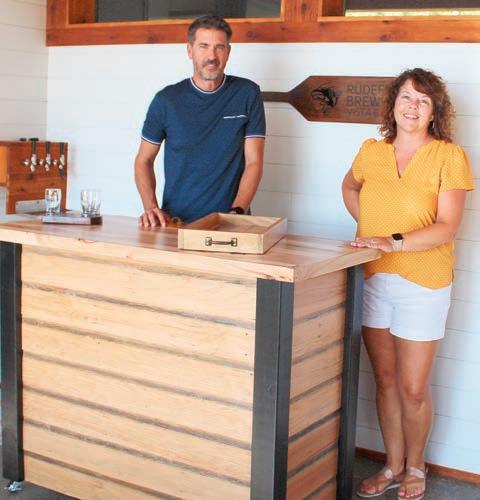
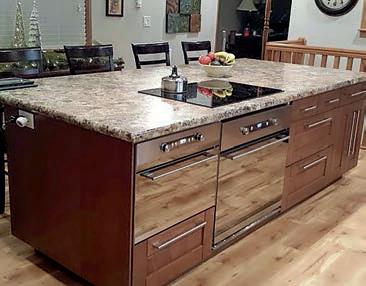
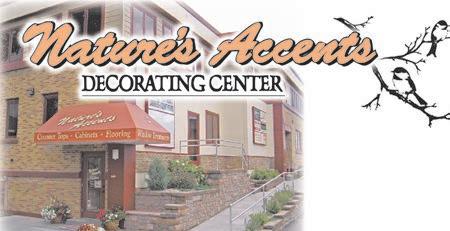
“I’m a home brewer. We like beer,” Errol said. He and a friend have been experimenting with homemade concoctions for four years.
A rye India Pale Ale, porter and Belgian wit are currently on tap.
“I have three taps, and there’s a brewery in the basement,” he explained.
Cheri noted, “In this whole building project, I think

Matt was most excited about how to get the taps up from the basement to the porch.”

She adds, “There’s no money to be made in homebrewing, but you do make friends that way.”

But it’s less expensive than a fancy car, Errol retorts. “And it’s a lot easier on your body than motorcycling or skydiving, so Cheri supports me along the way.”
A day of brewing lasts about six hours. “Brewing is 95% washing dishes and 5% actual brewing. Everything has to be super clean in order for it to work. It’s liquid bread,” Errol said.

There’s no money to be made in homebrewing, but you do make friends that way.
-Cheri SchoenfishLeft: Three beers are always on tap, connected to Errol’s home brewery in the basement. “I do five-gallon batches, and I either do kegging or bottling,” he said. “I’ve done almost 90 beers in the last four years.” His favorite? “I really like a really good Hefeweizen, which is a German wheat beer. Cheri likes those, too.” Right: They serve homemade brew to their guests at their bar, located in the porch. The quartz countertop throughout the kitchen is from the Calacatta line. Inspired by marble, it’s a non-porous, durable and low-maintenance product. Natural hickory wood floors run throughout the main level.
Resting atop a bluff, Errol says they can almost see down the length of Long Lake. “Storms rolling in, the clouds. The sun sets right over here. It’s really quite beautiful,”
Lakeside vistas
Vista Bluff is a four-bedroom, three-bath home, roughly 2,400 square feet.
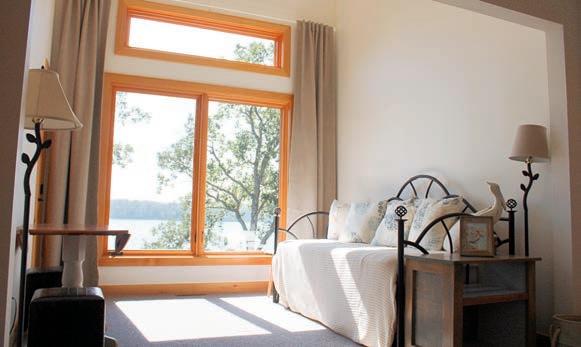


Uniquely, the second story of the home sits in the middle. The porch and master bedroom form the “wings” of the home, their rooflines peaking at the same height. Their siding is from the James Hardie collection. It’s a fiber cement siding.
“The soffits are hemlock, but they’re stained the same,” Errol said. “Hemlock is another good outside wood.”



They searched high and low for a blueprint with a kitchen in the front of the home.
“From a design perspective, we wanted all the windows to the lake to see green and water, making that be a focal point of the decoration versus saving wall space for art. It’s another form of art – nature,” Cheri said. Most layouts place the dining room in the front, they discovered.
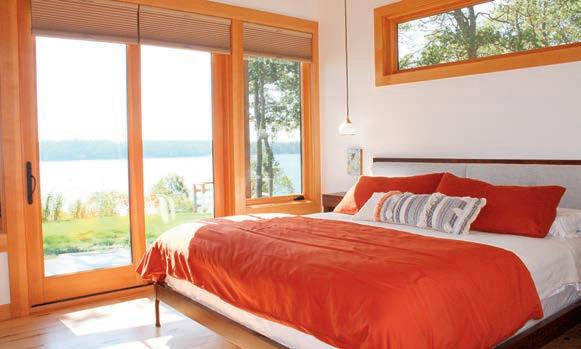
“When I’m doing dishes, I want to look at the lake,” Cheri said. “Cooking and sitting around the island is looking out at the lake, too.”

It was a process to find the ideal blueprint.
“We probably looked at 100 different designs, and very few of them had the kitchen in the front,” Errol said. “Part of the problem is that we don’t have a front door.”
Eischens Wood Products did all of the cabinetry, shelving and benches, plus the pantry storage.

The kitchen cabinets are made of stained alder. “We wanted dark, but we didn’t want them painted,” Cheri said.
Eichens suggested that paint can chip off, Errol added.

Ten-foot ceilings give the home a spacious feeling. The TV inserts seamlessly above the gas fireplace. “This dark bit balances some of the dark cabinets on the other side,” Cheri said of the fireplace.



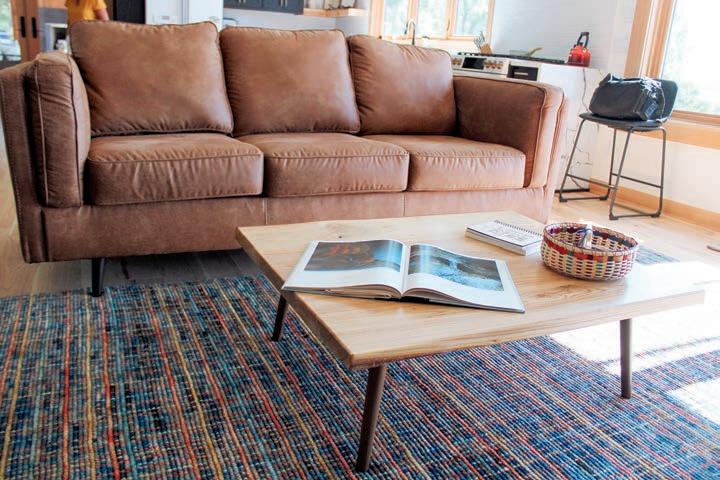
Rather than a blank wall by the stairs, they incorporated a three-window design by their son from his school project.




The couple is working with a master gardener from the Long Lake Area Association to protect their lakeshore frontage.


“We’re just starting to seed it with a lot native flowers,” Cheri said.
A portion of their bluff is known as “goat prairie” because its extreme steepness seems best suited for goats to climb.
According to the Minnesota Department of Natural Resources, “This unique blufflands habitat occurs on south- to west-facing slopes, where hot, dry conditions slow the growth of trees and shrubs.”
“We don’t have any mountain goats. A lot of turkeys and deer,” Cheri quipped.
The three-sink vanity allows many people to get ready, while maximizing
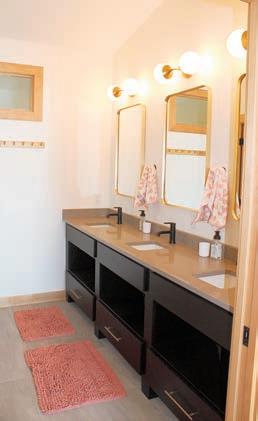
Aster, goldenrod, sunflowers, daisies, hazelnut, asparagus and a grape vine are growing of their own volition. The Schoenfishs will plant more prairie grass and flowers best suited to this terrain.
Shannon Geisen can be reached at sgeisen@parkrapidsenterprise.com.
The luxury, year ‘round rental home was built by Otts, Staceys
Story and Photos BY SHANNON GEISEN Park Rapids Enterprise“The Lookout on Lake Belle Taine” was conceived and styled to have all the amenities of a vacation rental home.
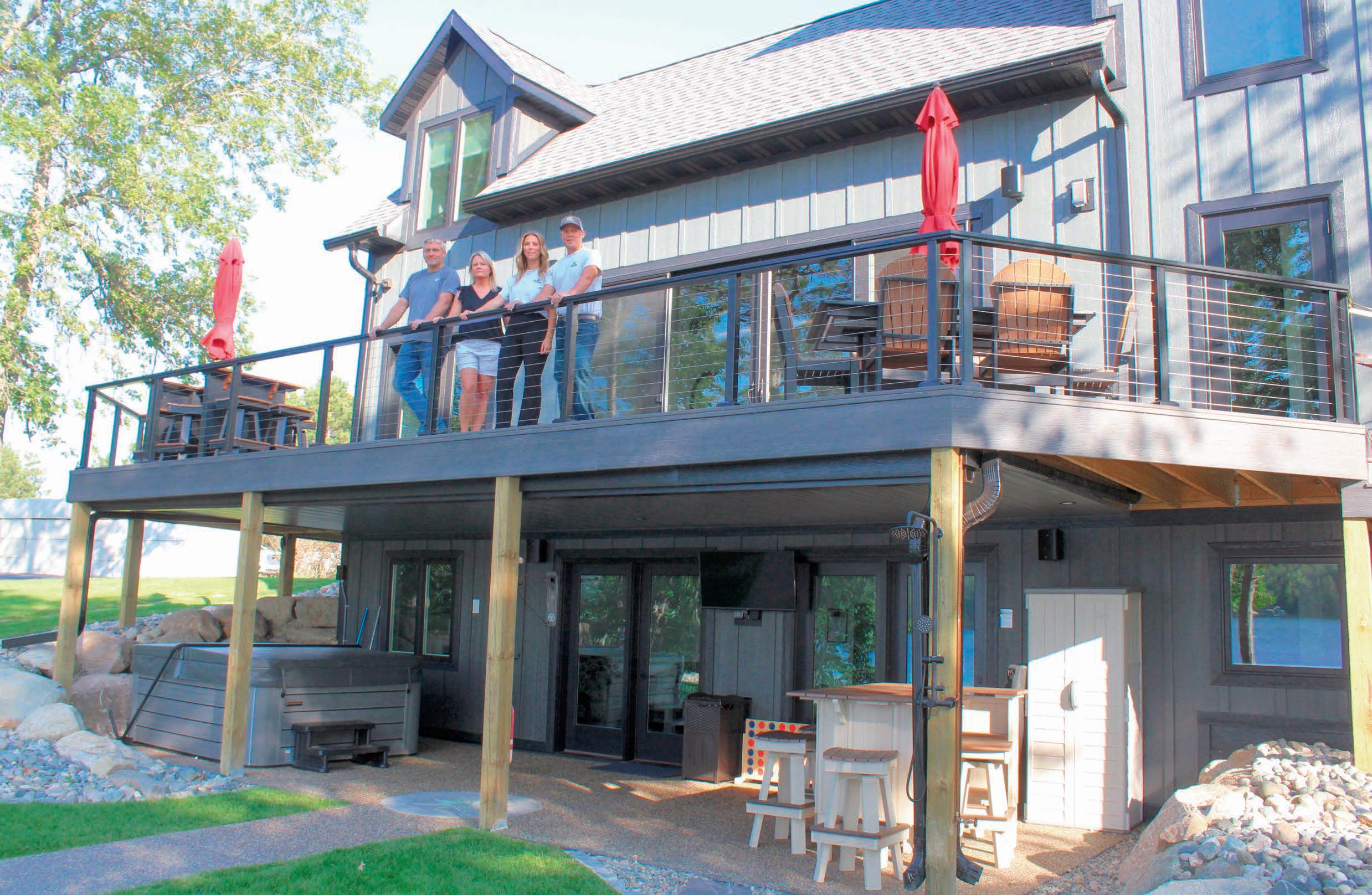
Not only does it boast 100 feet of shoreline, but also the four-story structure truly offers a tree-top view of the Nevis lake.
The new vacation rental is located at 24628 State Hwy. 34, about two miles west of Nevis. The original home was in disrepair. “Everybody in town said, ‘You should just tear it down,’” recalled the Otts and Staceys. In addition to a hot tub, the home features two outdoor bars and ample outdoor seating. Rainscaping under the deck keeps water off hot tubbers and diners below. “There’s a membrane above here, so when it rains, it shuttles it down to the gutters,” Jeff explained.
While more and more people are turning their lake homes or cabins into short-term rentals (STR), the Lookout was built specifically for that purpose.
With four bedrooms, a loft, built-in cubbies and two hide-a-beds, it sleeps 16 people.
And there have been rave, five-star reviews since it opened in July.
They opted for “darker, richer colors” for the home’s exterior. “Black windows, that’s big right now,” Ben added. The couples installed LP SmartSide siding, made of engineered wood. “It’s what most people are using now,” Ben said. “We did everything vertical, nothing horizontal.”
The Lookout is owned by Jeff and Maggie Stacey and Ben and Tammy Ott, operating under a partnership called S&O Properties, LLC.



The Otts also own North Country Structures. Ben has been a general contractor since 2000. Initially, he mostly built log homes. Now, North Country Structures is known for constructing exclusive, custom homes in the Nevis, Park Rapids and surrounding areas. Tammy retired last year, after teaching English for 24 years.
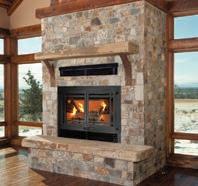

Jeff and Maggie Stacey own Jeff’s Professional Tree Service.
Both couples are lifelong residents of Nevis.

Jeff found the property, and they talked about their options. The couples were looking for a good investment.
They purchased it a year ago. The foundation was poured in the fall 2022, then construction began in early spring 2023.
“It was supposed to be a side job, but it kind of turned into more than that,” Ben said.
The roughly 3,000-square-foot home was completed in July.
“Part of it is existing. We rehabbed it. It was really a teardown, but we made it work, and we went from there,” Ben said.
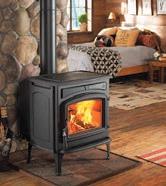
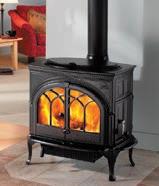
Jeff speculated the original home was vacant for at least five years. The basement had caved in, he said. Nothing was flashed, and a lot was rotten, added Ben. “It was in really bad shape.”
Setbacks from State. Hwy. 34 and the lake meant the refurbished home had to be long, narrow and tall.
“We maximized what we could with the size of the lot, within the limits that the county would let us do,” Jeff said.

A neighbor granted an easement, so they could install their septic system.




“It was build-and-design as we went,” Ben said.
The finished home is 16 by 60 feet long.
“Think about how big it feels, and it’s only 16 feet wide,” Jeff said.
A Sonos surround sound system, with speakers inside and out, can be managed by the guest’s cell phone.
-Jeff StaceyIt’s Maggie’s favorite perk. “Right now, I can hook up to it with my phone. I can pick which room I want it to play. I can play it outside, down on the deck or outside the rec room. You can play it in the kitchen. I love it,” she said.
There are eight smart TVs. If music plays in the room, the TV automatically turns off.

“We’ve got WiFi that can go halfway across this lake,” Ben said. And did we mention the hot tub?
They utilized moisture-shield, maintenancefree composite for the lakeside deck. It’s lit and equipped with speakers. The giant boulders were hauled in from a mile north of Nevis.

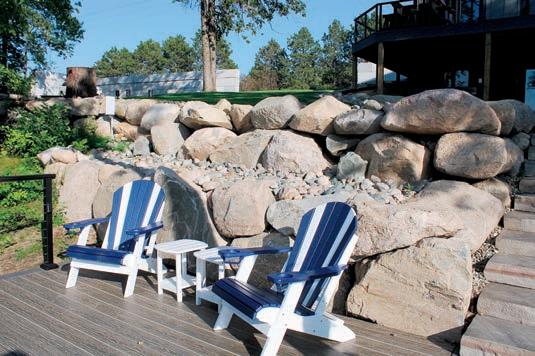

Left: The living room faces the lake and an attached deck. A high ceiling and mezzanine give the 16-foot wide room an airy feeling. Center: The 21-foot sectional offers bountiful seating. The couples chose modern gray-blue tones for interior colors. Right: They utilized a shiplap material for the ceiling. “It was fairly rough, and then we refinished it. We sanded it, then made two different colors out of it,” Ben explained.


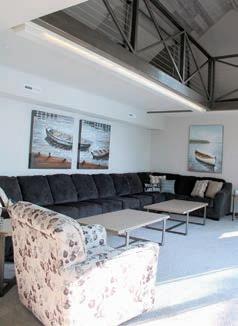

We maximized what we could with the size of the lot, within the limits that the county would let us do.Each bedroom has a unique lake perspective. Glow-in-the-dark stones in the cement patio create a subtle, ambient glow. Contributed / Maggie Stacey
Or the glow-in-the-dark concrete patio?
“They glow for at least eight hours,” Ben said of the specialized stone.



For heating and cooling, the home has seven zones. Every bedroom, every family room, the kitchen is a separate zone, Ben explained.
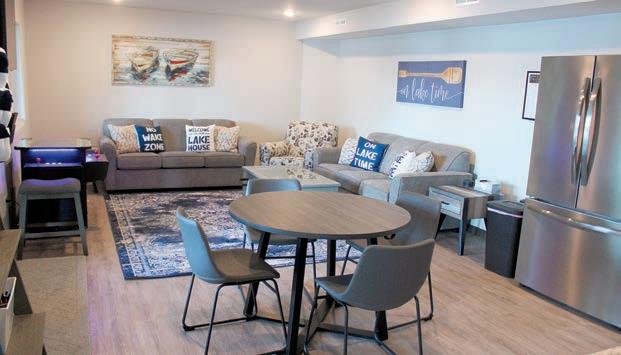
“Each room can have its own temperature,” Jeff added.
It was tricky figuring out how to install heating and cooling in the home, Ben said. The Honeywell system is “pretty nice.”
“Every zone costs so much money because you add cost with the zone damper and then you have to go to the really high-efficiency speed fans, so it adds a lot to the project, but it makes the place so much more comfortable,” Ben said.

Ceiling fans are unnecessary. “Everybody thinks we need ceiling fans. We really don’t,” he said. “Not if you run your fan on low speed and circulate the air throughout the whole house. If it’s done right, they’re really not necessary.”
They sought an ultra-quiet HVAC system as well.



“All of our interior walls and all of our floors are insulated,” Ben adds, pointing out that this dampens noise.

A cement wall around the perimeter of the property – that will eventually be caulked and stained – offers privacy and blocks traffic sounds.


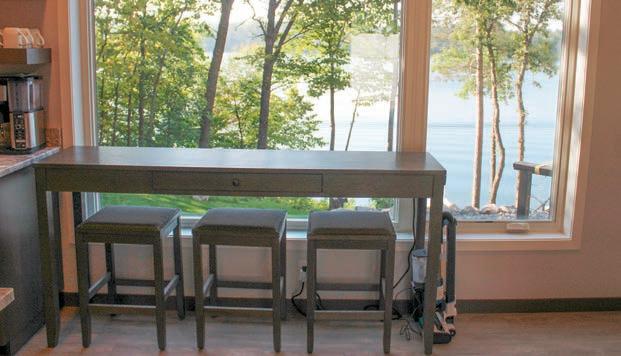
Tammy said they have an excellent security system that they run through their cell phones. “We can disarm the locks from our phones,” she said. They give the renters the app and a specialized code.
The couples chose low-rising steps to the sandy lakeshore. Cable railing is a popular choice nowadays for decks and stairways, replacing the traditional wooden or metal balusters. Cable improves sightlines, plus they are low maintenance.
Of course, the best amenity of all is Lake Belle Taine. The dock has four boat slips. There’s a diving raft, two kayaks, two paddleboards and a paddle boat.

Jeff said the best attraction is that the Fourth of July fireworks are launched directly across the lake.

The Lookout features a full outdoor kitchen – a Blackstone flat top grill, Weber grill, sink and refrigerator. A canopy will soon be installed over the dining area.
“Almost everybody cooks their breakfast out there,” Ben noted.

Large and plentiful windows overlook Belle Taine Lake.
In the living room area, a 17-foot ceiling soars above, along with a mezzanine walkway.
“You can sit on the 21-foot sectional and look out,” Ben said, adding the home feels spacious by the time you include the outdoor area.

Sliding glass doors lead to a 12-by-40-foot attached deck, replete with patio tables and chairs.
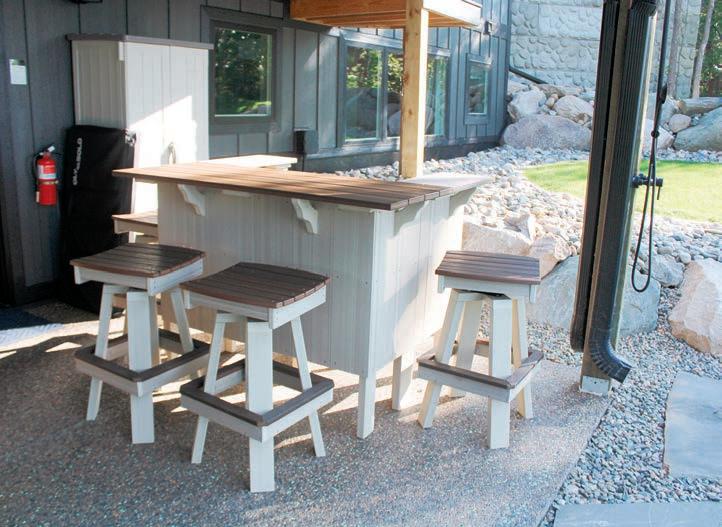
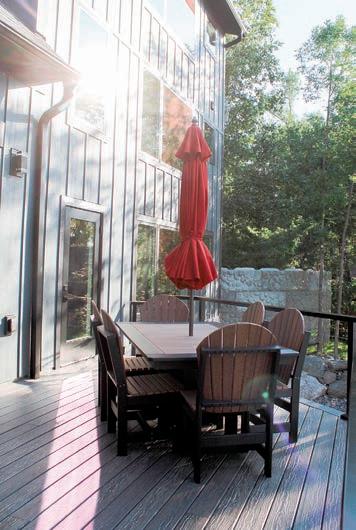
Jeff and Ben completed all the landscaping work.
“I like how the landscaping turned out,” commented Ben.
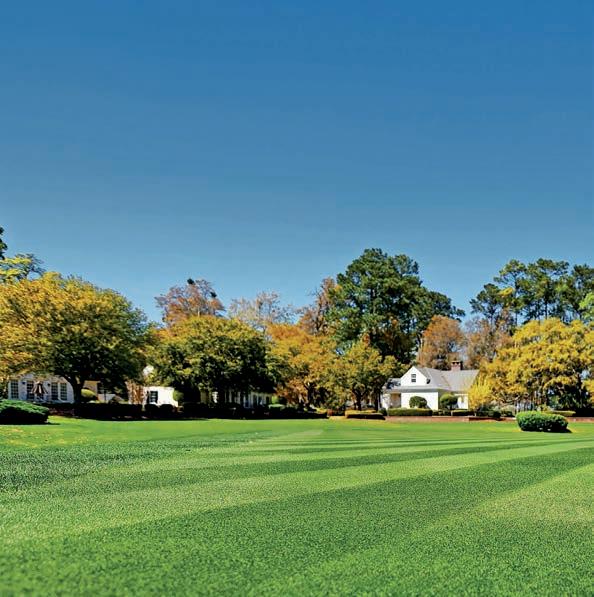
“I think you guys did a great job,” Tammy agreed.

“We made it totally usable down there where it was not at all,” Jeff added.


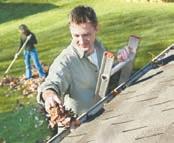
In addition to a hot tub, the home features two outdoor bars and ample outdoor seating. There’s also an outdoor shower.

Every cubby has two pull-out drawers hidden below the twin bed, plus a curtained storage spot for bedding and clothes.
Maggie praised Ben for his interior design skills. Having worked on many custom homes, Ben said, “I see how things get put together in colors. Palettes are big. People don’t realize that.”
Colors need to complement each other, he explained.
“The whole interior is mostly gray tones. Even if the cabinets are brown, they have a gray tone in them,” he said. They worked with Eischens Wood Products on the cabinetry.
“You can see everything is grays, and a little bit of blues here” and whites, Ben said.
They wanted to stay away from the Up North look.
As guests ascend to the fourth floor, they can gaze at Belle Taine.

“You can see how nice and clear the water is from here,” Ben said.
“You can actually see, depending on the time of day, fish down there.”
“Are your ears popping yet?” joked Maggie.
“It’s unique because every floor gives you a different perspective of the lake,” Tammy said.
“Even the lowest level with the bedroom has a really nice view,” Ben noted.
Decor, furnishings and appliances were purchased locally from Amish Oak & Americana Furnishing, Central Avenue
Home Furnishings, Muskie Waters Company, Walker Home Center and Frizzell Furniture.

Ben designed the mezzanine, then Eagle Vision Machining built it.
The walkway houses three cubbies for more sleeping space. A twin bed is tucked behind a privacy curtain, each having drawers underneath the bed and its own mini closet.

“Kids love those,” Tammy said. Three bedrooms have ensuite bathrooms. There are two half-baths, one on the main level and one in the basement.


Two queen sofa sleepers are in the rec room.

The partnership may rehabilitate other homes into vacation rentals.

“It’s hard to find the right piece of property, on a lake,” Ben said.
They currently own the former Red Bridge Inn on the Fish Hook River. Eventually, they might convert that into a short-term/extended stay, fully furnished rental, with a business orientation.
Jeff said he didn’t know of many homes in the area that are built to STR standards.
The Lookout is promoted on AirBnB, VRBO, Facebook groups and their website (belletainerentals.com).

Shannon Geisen can be reached at sgeisen@parkrapidsenterprise.com.

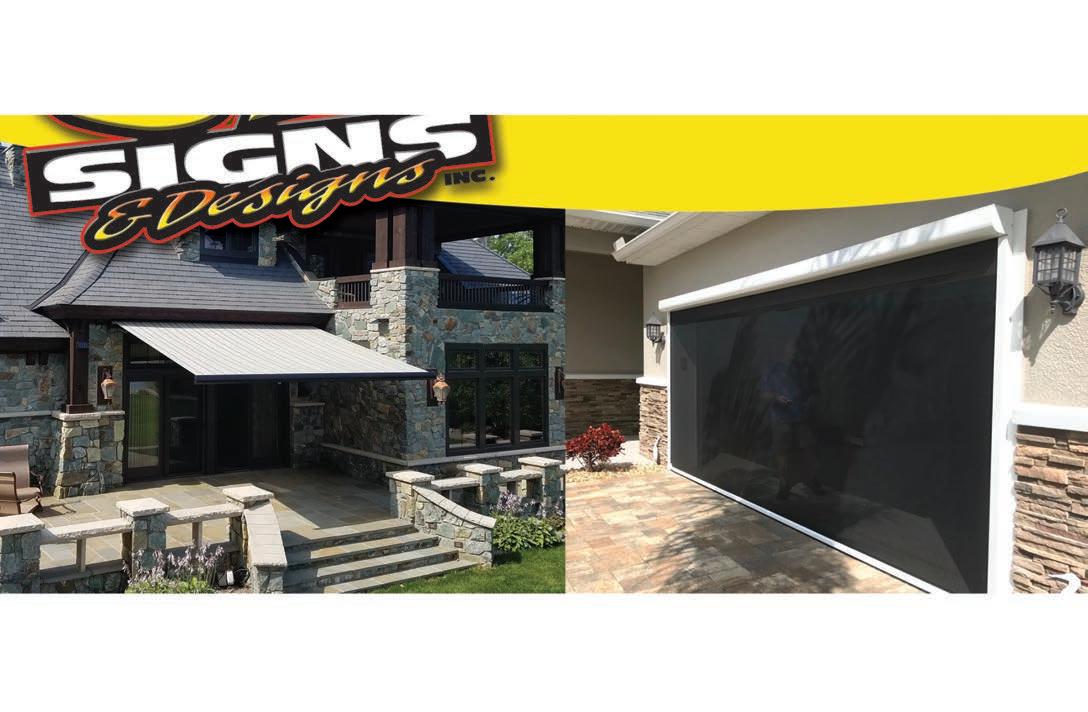
Late fall is a good time to trim trees, according to Park Rapids city forester Stephanie Pazdernik.
 LORIE SKARPNESS Park Rapids Enterprise
LORIE SKARPNESS Park Rapids Enterprise
Last year’s ice storms and heavy snow damaged many trees in Park Rapids and the surrounding area.
Steph Pazdernik is the city forester in the Park Rapids Parks Department. She said for homeowners who need to have their trees trimmed, late fall is a good time to have a tree service do the job.
“That heavy snow last winter stayed on the trees for a long time, and that’s a lot of stress on a tree,” she said. “It snapped a lot of white pines. It depends on how bad the tear was. If it tore all the way down the tree, you can usually leave it and the tree will heal. But if the branch broke off, you want to cut it closest to the tree, which will be the collar, and then the tree will heal on its own just fine.”
The parks department works on trees on city property within city limits. In the fall, they do a tree-trimming expedition.
“We only stay in the city right-of-way,” she said. “The only time we go on someone’s property is if a branch is hanging over the sidewalk and it’s a safety issue. People call public works all of the time. If there’s a problem, I can come and look
at it and let them know if it’s our responsibility or if they have to hire it out and if it’s a diseased tree or what else might be going on with it.”

When a tree needs to be trimmed or cut down under a power line in the city, Pazdernik said city residents should call Minnesota Power.
“As long as they’re in the city limits, I can stop by and answer some of their questions,” Pazdernik said. “I get calls all of the time. A lot of them are about if their tree is going to make it, if they can prevent it from falling on a building, what they can do to trim it, why needles are dropping. All kinds of questions.”
She said, so far, she has not seen any trees damaged by emerald ash borers so far this year. “Some people say they have seen it, but as far as I know it has not reached the area,” she said. “I have my class in October through the DNR and they let us know about where the disease has shown up.”
Anyone who has concerns about emerald ash borers can contact Pazdernik, the Minnesota Department of Natural Resources or a certified tree service.



Lorie Skarpness can be reached at lskarpness@parkrapidsenterprise.com









During the fall months, there are several steps recommended by the University of Minnesota to take to get your garden ready for next spring.
After a long winter, the sight of spring bulbs like tulips, daffodils, crocus, and snowdrops warms your gardening heart! We still have time to plant those bulbs this fall. Most bulbs should be planted in full sun. In spring, they need 8 weeks of full sun after blooming to manufacture energy for the following spring bloom.

Store containers or cover them with plastic lawn bags secured underneath. The pots and soil should be dry to prevent moisture from freezing, expanding and potentially damaging containers. This is a good way to
protect very large ceramic pots that can’t be easily moved into a garage or shed for winter.







Fall is a great time to do a soil test. Doing it now allows plenty of time to apply any necessary amendments (like compost, manure, or granular fertilizer) to the garden either this fall or next spring, so that your garden is prepared for success next year.

Nitrogen and sulfur can leach out of the root zone if there is enough moisture in our sandy soils, so stick to applying potassium fertilizer sources in the fall.

Compost or manure can be applied in the fall as well since those will take a little while to decompose.


Or until you have to shut off outdoor spigots. The longer you water, the better to help plants move into dormancy hydrated. This is especially true for
evergreens.
Update your garden journal before you forget!
Make a list of the plants you started from seed, purchased (and where) and direct seeded. Write down what worked and what didn’t in 2023. Include ideas for next year including sketches, pictures and websites you used as resources.

Cutting your lawn to about 2 inches can help to reduce overwintering habitat for critters, like voles and to reduce potential for snow mold next spring. It’s also a good time to spread grass seed in preparation for a lush lawn next spring. This is called dormant seeding. The time to dormant seed is important. If done too early, some seed will germinate late in the season and those immature seedlings often won’t survive the winter.
Put down your seed while the ground is not frozen, but is still cold enough so germination of the grass seed will not occur until next spring.


Use fallen leaves to mulch your garden beds, trees and shrubs and provide overwintering habitat for pollinators.
Before bringing your houseplants back inside, check for spiders and insects. Identify any insects you find. Remember: Some may be beneficial bugs.
Winter and wildlife can do a real number on landscape plants. Cap your pines and fence shrubs and thin-barked trees to prevent animal browsing.
Put hardware cloth cages around young trees and shrubs to keep out animals, like rabbits, that like to nibble on the bark and branches in winter. Be sure to make cages tall enough to accommodate snowfall as rabbits can sit on top of accumulated snow to browse on your plants. Install tree guards around young trees to prevent frost cracks and sunscald damage. Wrap sensitive evergreens in burlap or create a barrier to reduce drying winds.

Use fallen leaves to mulch your garden beds, trees and shrubs and provide overwintering habitat for pollinators. Gently brush leaves aside as plants emerge in spring, and leave the leaves as mulch.

Don’t cut down all of your dead or dormant plants. They can add winter interest and serve as seed sources for birds that winter in Minnesota. If you cut down plants, leave the stems standing for stem nesting bees.
Bring

Repot plants as needed.
Remove debris from the soil surface and look under leaves, on stems and in flowers for insects. Identify any insects you find (some may be good bugs) and remove and treat, as appropriate. You can also wash plants in the sink (small plants) or shower (large plants) to help remove pests, spider webs, dust and dirt from leaves. Wipe off the pot and saucer, too.
Ultimately, winter will arrive and hopefully, we will have accomplished all we wanted to in our landscapes.
Curl up on the couch next to your newly potted houseplants with next year’s seed catalogs. Happy gardening!
Tarah Young is the Hubbard County University of Minnesota Extension educator in agriculture, food and natural resources. If you have any questions about this topic or any others, contact her at 732-3391. If information about agriculture, gardening and natural resources interests you, consider signing up for the Hubbard County UMN Extension Agriculture, Gardening and Natural Resources E-newsletter at z.umn.edu/HCExtensionNewsletter.
After another summer of drought and wildfires spreading across Canada, it’s important to remember that there are steps people can take to lessen the risk of a fire damaging their homes.
Brad Witkin is an area fire program forester with the Minnesota Department of Natural Resources (DNR) in Park Rapids.
He said the most important thing a homeowner can do is to create a clear zone around the home where there are no flammable materials that can fuel a fire.
“For about 150 feet out around your house, trim up any ladder fuels on trees so that if a fire would come through on grass it’s less likely to climb up into the crown of trees,” he said. “If the fire is burning in the grass and those flames reach dry branches of the tree, then fire can get up into the tree and spread.” Fall is a good time to clean rain gutters.
“They should be free of debris,” he said. “Dry leaves and pine needles in gutters have been the cause of fires before when sparks hit them.”
A sprinkler system to provide water from the lake, using a propane system, has been installed by homeowners in other parts of the state.



“There have been a lot of those established on the Gunflint Trail in the Boundary Waters, where there have been serious fires in the past,” Witkin said. “People have invested in those to protect their homes. It’s a pump out of the lake that runs on propane when there’s no electricity due to a fire so the
Create a clear zone around your home by using rocks or paving rather than wood


homeowner or fire department can activate before they evacuate, and hopefully it helps.”
Other tips to protect Witkins shared that help protect homes from wildfires:
► Do not grow shrubbery up against your house. Plant nothing within 3 to 5 feet of the structure, particularly if the building is sided with wood, logs or other flammable materials
► Do not stack firewood close to your house or under a wooden deck.
► Use stones and rocks next to the house for landscaping instead of wood chips. Decorative rock creates an attractive, easily maintained, nonflammable ground cover.
► If getting a new roof, consider a metal roof, instead of shingles, to prevent sparks from starting a fire.


► Consider a metal shed to store firewood, and place it a safe distance from the home.
► Propane tanks pose a special hazard near homes. Tanks up to 1200 gallons are best located inside the defensible space but must be at least 10 feet from the structure itself. In addition, grass and bushes must be cleared around the tank for 10 feet. Contact your local fire marshal before moving an existing tank.
For more advice on how to create a defensible space around your home, visit the DNR”s Firewise in Minnesota website: https://www.dnr.state.mn.us/firewise/livingwithfire/index. html.
Lorie Skarpness can be reached at lskarpness@parkrapidsenterprise.com



The Minnesota Board of Water and Soil Resources (BWSR) is accepting applications for spring 2024 Lawns to Legumes pollinator habitat projects.
Applications will be accepted through Nov. 30, 2023. Any applications submitted on Aug. 22, 2022 or later that were not previously awarded a grant will remain in consideration for spring 2024 funding, and do not need to be resubmitted.


Lawns to Legumes aims to increase habitat for at-risk pollinators in residential settings across the state by providing people with cost-share funding, workshops, coaching and gardening resources.
Anyone who lives in Minnesota and has a yard, deck or other outdoor space for planting can apply to be reimbursed for up to $400 in costs associated with establishing new pollinator habitat in their yards. The program is available to both homeowners and renters.
“Lawns to Legumes helps Minnesotans to put conservation
on the ground in a way that works for them,” said BWSR Executive Director John Jaschke. “We all can make a difference for pollinators in our own living spaces.”

More than 3,000 residential habitat projects across all 87 Minnesota counties have been implemented since the program launched in 2019.

The program makes online resources (https://bwsr.state. mn.us/l2l), such as gardening templates, habitat guides and advice about selecting native plants, available to all Minnesotans interested in creating pollinator habitat in their yards.

Lawns to Legumes receives funding from the Environment and Natural Resources Trust Fund and the state general fund. Apply online at Blue Thumb’s website (https://bluethumb. org/lawns-to-legumes/apply/).
For more information on Lawns to Legumes, visit https:// bwsr.state.mn.us/l2l.




